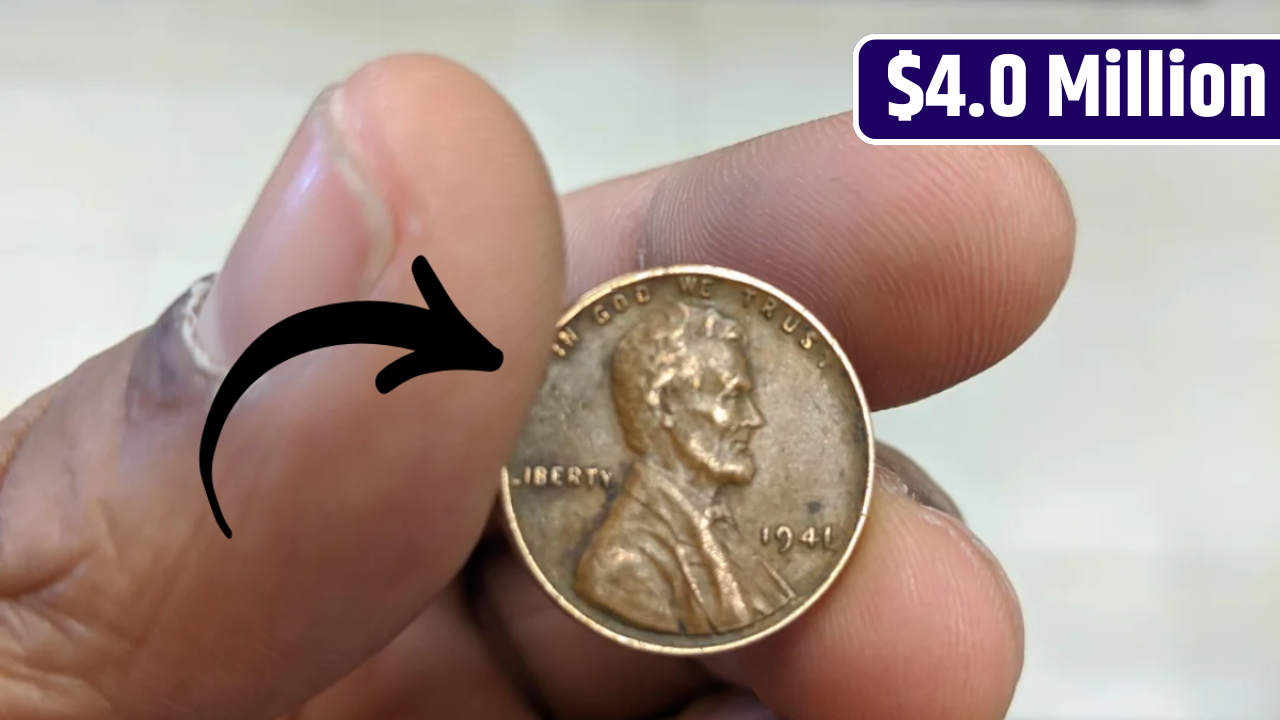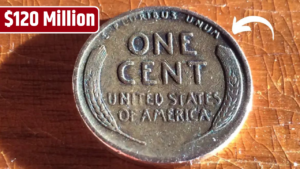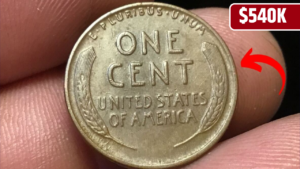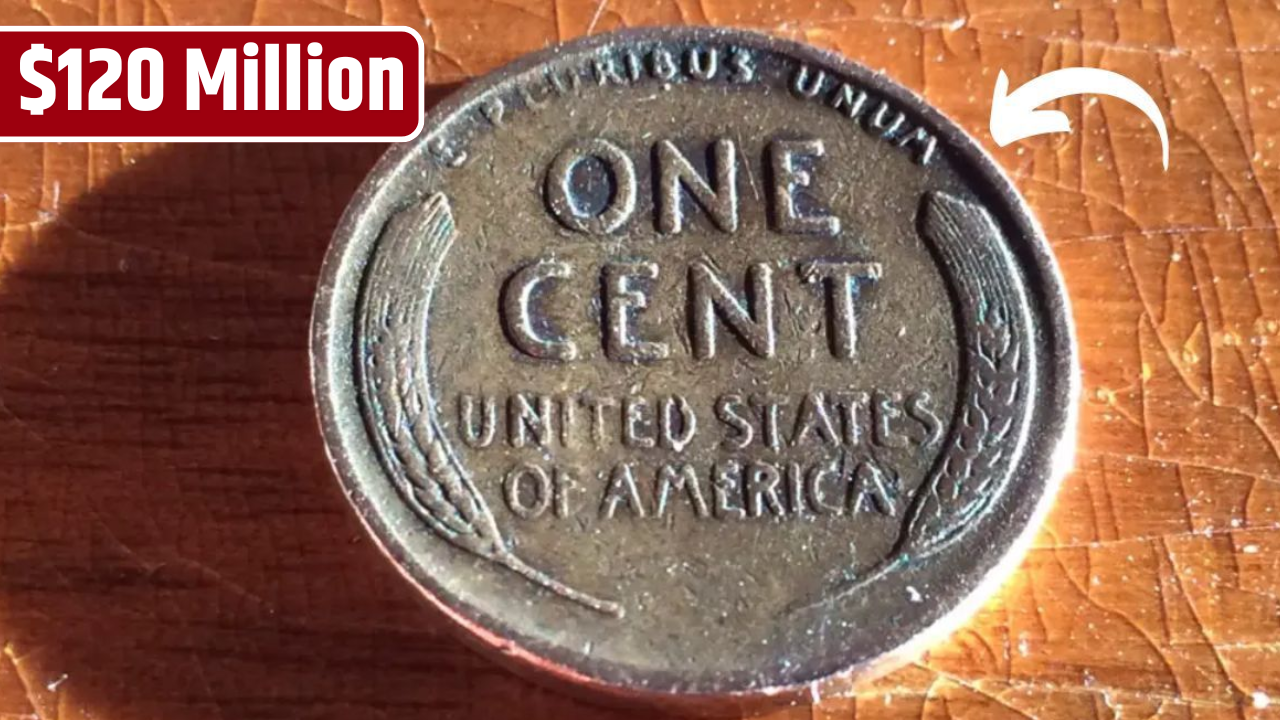It’s incredible to think that a small copper coin in your pocket could be worth thousands—maybe even millions. For collectors and lucky finders, the Lincoln Wheat Penny, especially rare versions like the 1943 copper penny, is more than just spare change—it’s a treasure hiding in plain sight.
Let’s break down what makes these pennies valuable, which ones to look for, and what you can do if you think you’ve struck copper gold.
What Is the Lincoln Wheat Penny?
Minted between 1909 and 1958, the Lincoln Wheat Penny was the first U.S. coin to feature a real person—President Abraham Lincoln. The reverse side displays two wheat stalks, which is why collectors often call it the “Wheat Penny.”
These coins were typically made of 95% copper. However, in 1943, due to wartime metal shortages, the U.S. Mint made pennies out of zinc-coated steel. A few copper blanks from 1942 were accidentally used in 1943, creating an incredibly rare variation.
Why the 1943 Copper Penny Is So Valuable
In 1943, copper was needed for the war effort, so the Mint switched to steel for penny production. But a small number—believed to be fewer than 40—were mistakenly struck using leftover copper blanks. This minting error turned the ordinary penny into a legendary collector’s item.
One such coin reportedly sold for $1.7 million, and another was listed for as much as $4 million at auction. Their rarity, combined with their story, is what drives the astronomical prices.
How to Tell if You Have a 1943 Copper Penny
If you’ve found a 1943 penny and are wondering whether it’s one of the rare copper versions, here’s a quick checklist:
| Test | What to Look For |
|---|---|
| Date | 1943 only (some 1944 steel pennies are rare too) |
| Color | Coppery-red, not silver or gray |
| Magnet Test | Use a magnet – copper pennies will not stick |
| Weight | Copper pennies weigh 3.11 grams; steel ones weigh about 2.7 grams |
If your 1943 penny does not stick to a magnet and looks copper-colored, get it authenticated immediately by a trusted grading service like PCGS or NGC.
Other Valuable Lincoln Wheat Pennies to Watch For
Besides the 1943 copper cent, other Wheat Pennies command high prices due to rarity or errors:
| Year | Mint Mark | Description | Estimated Value |
|---|---|---|---|
| 1909-S | VDB | First year, designer’s initials included | $1,000–$3,000+ |
| 1914-D | – | Low mintage from Denver mint | $200–$3,000+ |
| 1922 | No D | Rare no-mint-mark error | $500–$5,000+ |
| 1955 | Doubled Die | Strong doubling of letters | $1,000–$10,000+ |
Are Indian Head Pennies Valuable?
Yes, Indian Head Pennies (minted from 1859 to 1909) are also collectible—especially those from the 1800s. Key years and their approximate values include:
| Year | Description | Approx. Value (Good Condition) |
|---|---|---|
| 1877 | Rarest Indian Head | $900–$3,000+ |
| 1864 | With “L” on ribbon | $100–$300+ |
| 1909-S | Final year, low mintage | $400–$1,000+ |
You mentioned you have over 100 Indian Head coins from the 1800s. That’s potentially a serious collection, and you may want to get them appraised by a numismatic expert or send photos to a coin grading service.
Where and How to Sell Rare Pennies
If you believe you have valuable coins, here’s how to sell them:
- Authentication: Submit coins to a professional grader like PCGS or NGC.
- Auction Houses: Use reputable platforms like Heritage Auctions or Stack’s Bowers.
- Coin Dealers: Local coin shops or national dealers can offer appraisals.
- Online Marketplaces: eBay or specialized coin platforms (make sure you know the value before selling!).
Are All 1943 Pennies Valuable?
No. Most 1943 pennies are made of steel and worth 10–50 cents depending on condition. Only the copper version is rare and extremely valuable. Always do the magnet test first.
The idea that a simple coin could be worth millions is what keeps collectors checking their change. With over 15 1943 wheat pennies in your possession, there’s a small chance one could be copper. It’s worth investigating—because even a single rare penny can change your life.
FAQs
How many 1943 copper pennies exist?
It’s estimated fewer than 40 genuine pieces exist today.
Are Indian Head pennies from the 1800s rare?
Yes, especially those from the 1860s–1870s. The rarer the date and condition, the higher the value.
Can I find valuable pennies in circulation today?
Yes. Rare pennies occasionally show up in change or old collections.
What’s the best way to identify rare coins?
Check the year, mint mark, condition, and weight. Consult a coin expert or use a grading service.
How do I contact someone about my coin collection?
Start with a reputable local coin dealer or reach out to online appraisal services. Avoid selling without knowing the true value.









